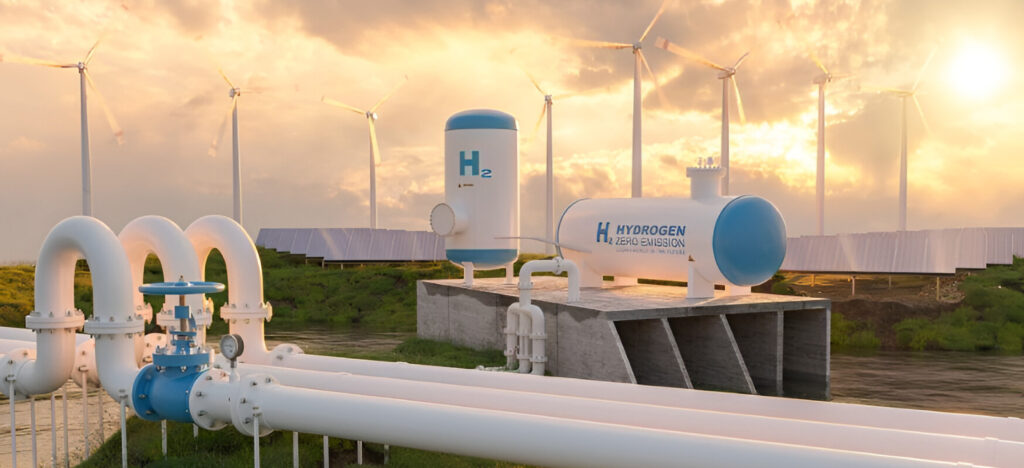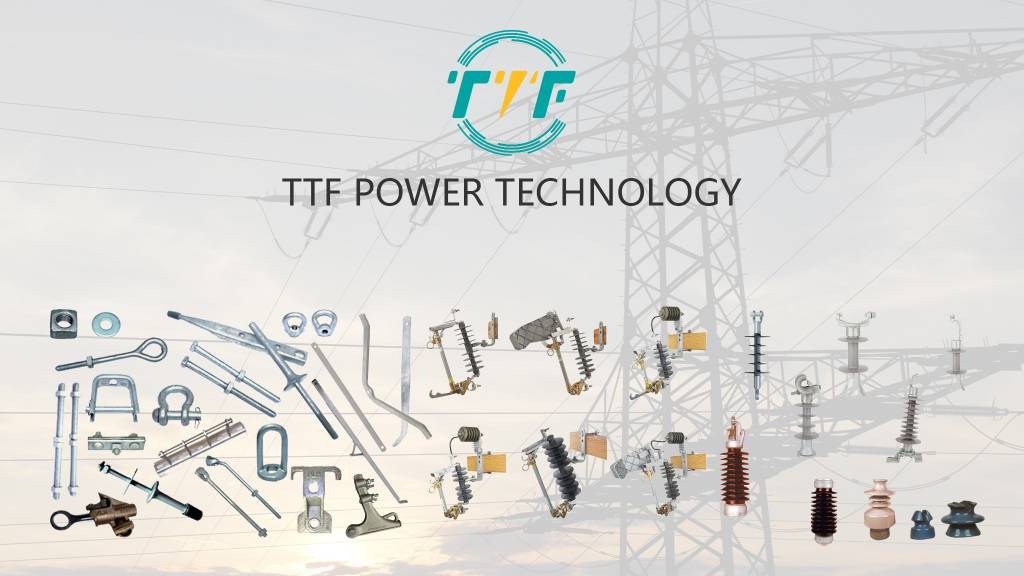
Verano Energy, a renewable energy company, acquired 160 hectares in Matarani for a clean ammonia and hydrogen initiative. The project’s first phase is scheduled to become operational in mid-2027 following approval. This allocation forms part of the expansive Horizonte de Verano initiative, a clean ammonia venture valued at $11.2 billion. This development will bring Peru a step closer to establishing itself as a player in the global clean energy market. It will also help pave the way for the development of Peru’s significant clean energy initiative. The project could also diversify Peru’s energy mix, reduce carbon emissions, and enhance energy security. It could also create jobs and foster local supply chains for renewable energy infrastructure. The Horizonte de Verano serves as a catalyst for broader renewable adoption, supporting both climate goals and economic growth. Ground anchors play a crucial role in the development of hydrogen production projects in Peru.
High-quality ground anchors secure the infrastructure needed for renewable energy generation and hydrogen storage systems. Green hydrogen production relies on wind and solar farms, which need robust anchoring systems to withstand environmental stresses. Ground anchors secure ground-mounted solar panel structures. They also provide foundation stability for turbine masts to prevent collapse due to high winds. Large-scale electrolyzers must be anchored to avoid vibrations. Ground anchors help stabilize pipeline routes across uneven terrain. The use of ground anchors ensures the durability of renewable energy infrastructure, storage systems, and transport networks. They also help reduce risks and costs, which are crucial for attracting investment in green hydrogen projects.
Developing hydrogen and ammonia projects using ground anchors in Peru
Ground anchors play a crucial role in ensuring the structural stability and resilience of renewable energy infrastructure. The anchors are vital for the safe and efficient operation of facilities such as solar arrays, wind turbines, and hydrogen production plants. Earth anchors also help the country to harness its renewable energy potential effectively. This will be crucial in supporting the nation’s transition to a sustainable energy future. Here are the functions of ground anchors in developing hydrogen and ammonia projects in Peru.

- Stabilizing renewable energy installations—ground anchors provide the necessary support to secure solar panels and wind turbines. This is crucial in areas like the Atacama Desert with loose or sandy soils.
- Securing electrolyzer units—electrolyzers split water into hydrogen and oxygen using electricity. Ground anchors ensure the units remain in place to maintain alignment and operational efficiency.
- Supporting transmission infrastructure—transportation of hydrogen and electricity needs a network of pipelines and cables. Ground anchors stabilize the systems to prevent displacement due to environmental factors.
- Facilitating modular and scalable designs—there is increasing demand for modular and scalable infrastructure as Peru expands its green hydrogen capabilities. Ground anchors allow for flexible design and rapid deployment of new units.
- Securing pipelines and transport infrastructure—earth anchors help stabilize pipeline routes across uneven terrain. This aids in reducing stress on joints and preventing leaks. The anchors also secure access roads and loading terminals.
Technologies used in the development of hydrogen and ammonia projects in Peru
Peru is positioning itself as a future hub for green hydrogen and ammonia production in South America. It is embracing its clean energy transition and advanced technologies to develop hydrogen and ammonia projects. These technologies lay the groundwork for Peru to emerge as a player in the global green fuel economy. The following are the common technologies used in the development of hydrogen projects in Peru.

- Electrolysis technology—this is the process that splits water into hydrogen and oxygen using electricity from renewable sources. These technologies include alkaline electrolyzers, proton exchange membranes, and solid oxide electrolyzers.
- Renewable energy generation—green hydrogen depends on low-carbon electricity and is mostly tied directly to renewable energy installations. Peru’s hydrogen projects use solar PV, wind turbines, and hybrid systems. They are often stabilized using advanced energy storage and grid integration solutions.
- Ammonia synthesis—green hydrogen is combined with nitrogen to create ammonia using a modified Haber-Bosch process powered by clean energy. These technologies operate at lower temperatures with improved catalysts to reduce energy consumption.
- Carbon capture and storage (CCS)—some Peruvian green hydrogen setups may include blue hydrogen. It involves steam methane reforming and CCS technology that reduce the carbon footprint of hydrogen production.
- Digital twins and smart plant control—modern hydrogen and ammonia plants use AI-driven control systems and digital twins.